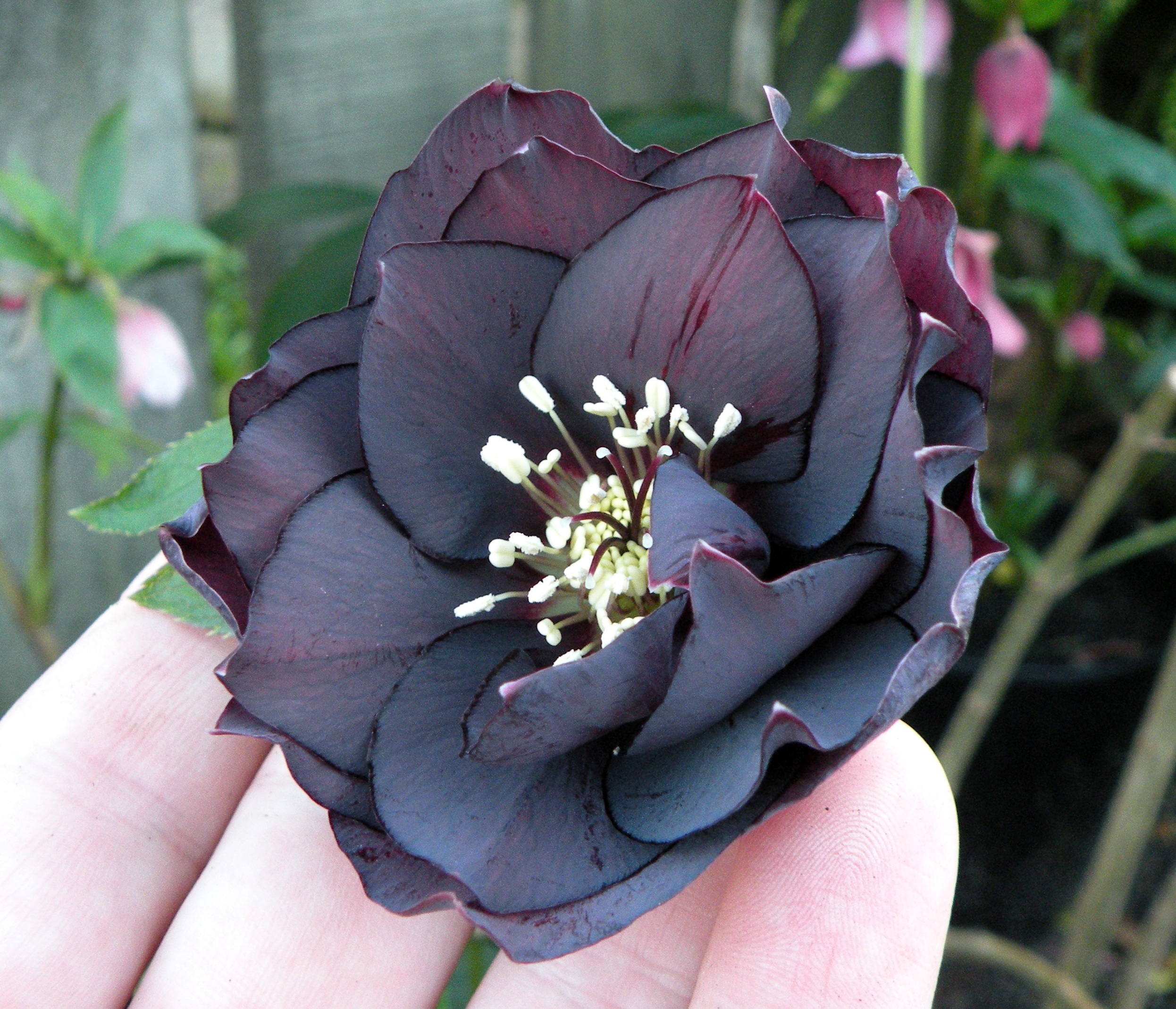Quote
To Soften Iron or Steel that’s brittle
Either of the following simple methods will make iron or steel as soft as lead:
- Anoint it with tallow all over, neal it in a gentle charcoal fire, and let it cool of itself.
- To neal it thus with human excrement, softens it; but you must keep it in the fire for two hours.
- Or, take a little clay, lime, and cow’s dung; cover your iron therewith, and neal it in a charcoal fire: Then let it cool of itself.
- Or, make iron or steel red hot, and strew upon it good hellebore, and it will become so soft that you may bend it which way you please: This is very useful for those who cut in iron or steel.
- Take lead, put it into a crucible, or iron ladle, and melt and pour it into oil; this repeat seven times running. If you afterwards quench iron or steel in this oil, it will be very soft; and after you have shap’d or work’d it in what manner you design’d it, you may harden it again by quenching it in the juice of onions.
- Take lime, brick-dust, and Venice Soap; with this anoint your steel and neal it: then let it cool of itself.
- Take the root of blue lillies, cut it fine, infuse it in wine, and quench the steel in it.
- Wind about the steel some thin slices of bacon, and over that put clay, let it neal for an hour, and the steel will be very soft.
- Take quick-lime and pulverized soap, of one as much as the other; mix it together, and temper it with ox’s blood; with this anoint the steel; then lay ac overing of clay over it, and let it neal and cool of itself.
- Take the juice or water of common beans, quench your iron or steel in it, and it will be as soft as lead.
— The Laboratory, or School of Arts (2nd ed, 1740)
I originally found a shorter version of this list in Endless Amusement (1818) but thanks to Google I can push the date back 70 years.
I’m thinking the ones that end “…and let it cool of itself” are the ones that work, because it’s the slow cooling that softens the metal. If the coating is tough enough to adhere through the annealing process (eg clay) it might insulate the work and slow the cooling process even further.

But the hellebore and the lillies… not a clue. Why hellebore, why not grass or nettles? Hellebore’s a plant with links to mythology and medicine, but I can’t find anything about metallurgy.
And finally, wouldn’t the quenching in bean juice actually increase hardness, regardless of the liquid? How could that possibly work? Same goes for the pour-lead-in-oil method - that almost sounds like contagion magic.